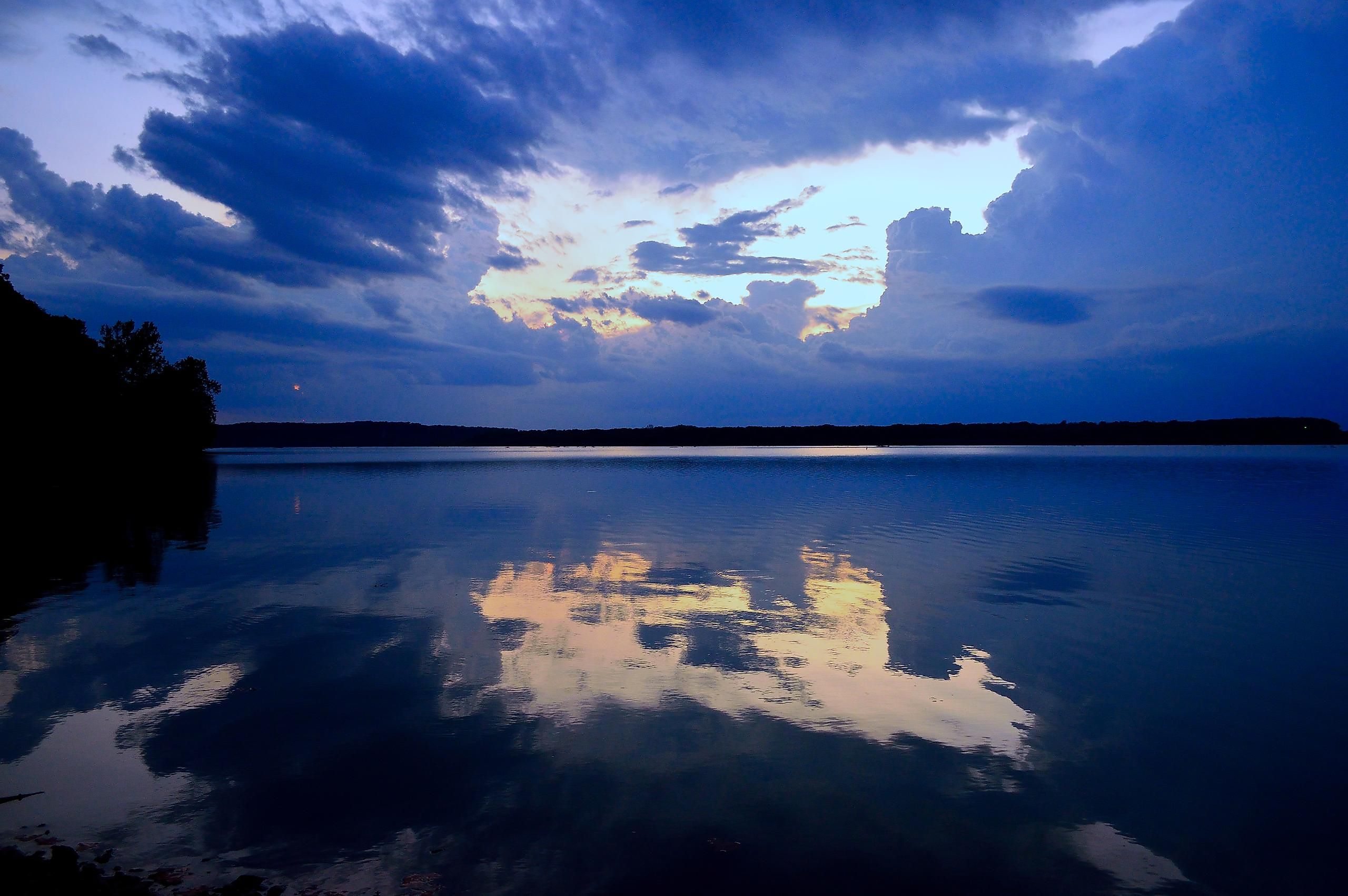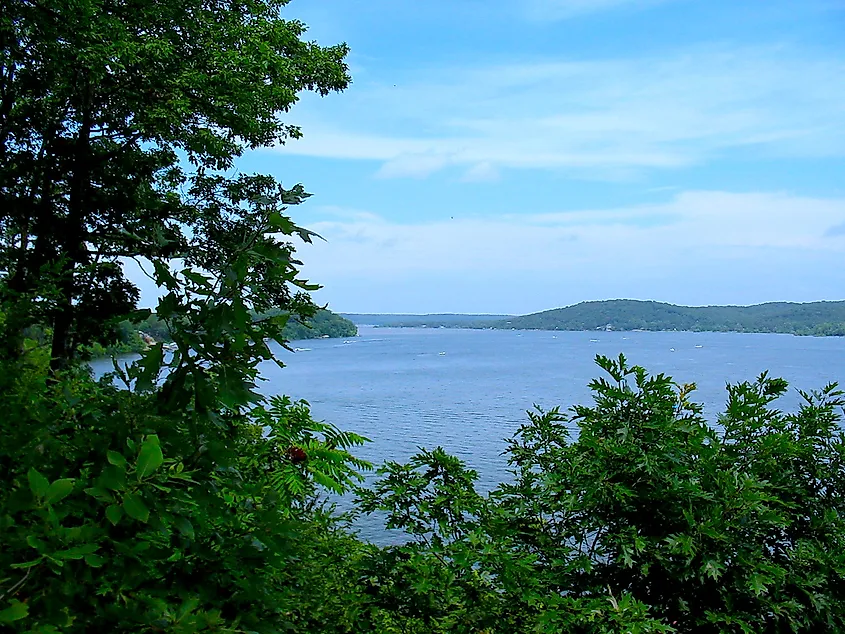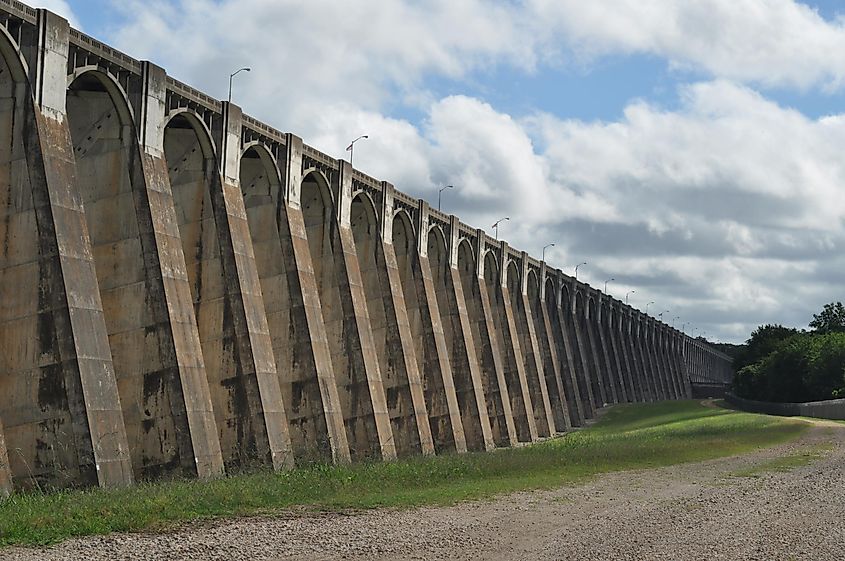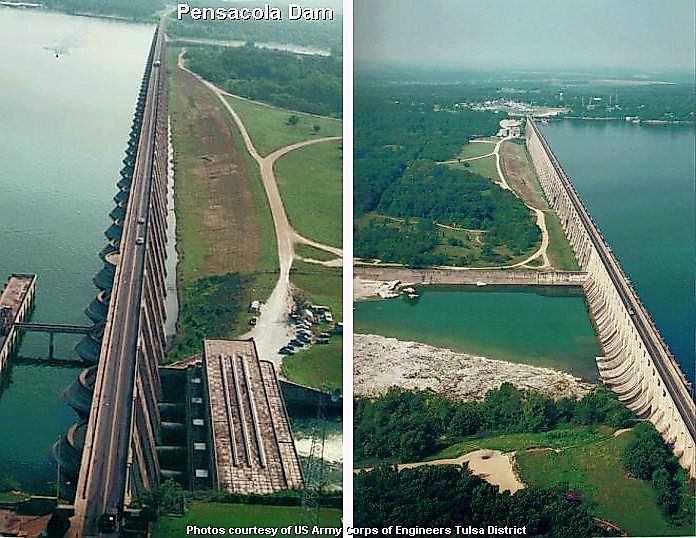
Grand Lake of the Cherokees
The Grand Lake of the Cherokees is one of the largest human-built lakes in Oklahoma. It was formed in the mid-1900s after the construction of the Grand Dam, also known as the Pensacola Dam. It was a vital energy source during World War II and continues to provide energy to the local area. It was the thought child of Henry Holderman during the turn of the century who wanted to create the dam to provide power to his tribe, the Cherokee nation. This article will provide all the information on this amazing feat of engineering.
Location Of Grand Lake Of The Cherokees

The Grand Lake of the Cherokees (also known as Grand Lake O' the Cherokees) is located on the northeastern border of Oklahoma. It's a beautiful region in the Ozark Mountains and is integral to the local power supply.
It's not a natural lake, however, and formed in the early 1900s after the Great River Dam was built. The River was an essential natural water supply for the Cherokee and other native tribes in the area for centuries. Today it's still an essential part of the local community, providing power, fresh water, and recreational activities.
The Grand Lake of the Cherokees is extensive. The shoreline is 1,300 miles (2,092 kilometers). The lake's surface area stretches for 46,500 acres (188 square kilometers). This makes the lake ideal for powering the local communities since tons of water pour through the Dam every day.
Flow Of The Grand Lake Of The Cherokees
The Grand Lake of the Cherokees was created in 1940 with the completion of the Grand Dam (also called the Pensacola Dam). However, the Grand River, which feeds the Grand Lake of the Cherokees, is much older and connects to the Neosho River of Oklahoma.
The Grand River is also connected to the much larger Arkansas River from the Neosho River. The Arkansas River is one of the biggest tributaries of the Mississippi River, meaning the rivers eventually empty into the Gulf of Mexico. The northern parts of Oklahoma were mostly under ice during the last Ice Age, approximately 12,000 years ago. This means the Grand and Neosho Rivers probably formed as temperatures rose and the ice melted.
The Building Of The Pensacola Dam

The Pensacola Dam was completed in 1940, successfully stopping the flow of the Grand River and forming the Grand Lake of the Cherokees. The massive Dam only took 33 months to complete, meaning construction began sometime in 1938.
It stretches over 2,001 miles (3220 kilometers). The power station is at the western end of the Dam and is 279 feet long (85 meters) and 60 feet tall (18 meters). The FERC regulates the power station, and the local dam commission controls the Dam, called the Grand River Dam Authority (GRDA). During World War II, the Dam was controlled by the Federal Government to support the war effort. Once the war ended, Congress returned ownership to the local authorities.
Hydroelectricity And Henry Holderman

Henry Holderman originally created the idea to construct a dam to collect the Grand River's potential energy. A member of the Cherokee nation, Henry Holderman envisioned using the energy to provide power to his local community.
Holderman was born in Kansas in 1874. He grew up working on the family's cattle farm and sawmill. After a trip to South Africa, Holderman returned to the U.S. and got the idea to dam the Grand River for energy while visiting the region.
With the help of several engineers, he found the ideal spot for the construction of the Dam. The Army eventually surveyed the area he suggested and determined he was right about the idea and pursued it further.
Local Climate And Wildlife
Oklahoma has hot summers and cold winters. This is mainly due to little access to the ocean and the warming jet stream from the Gulf of Mexico. Spring and Fall months are the best choices for visiting the area. The Grand Lake of the Cherokees is best known for its abundant varieties of fish. The most popular types include striped bass, largemouth bass, bluegill, and channel catfish.
The Grand Lake of the Cherokees is one of the largest human-made lakes in the U.S. It's a favorite place for boating, fishing, and camping, with an RV site near the lake. Summer and winter months have the worst weather due to high and low temperatures. If you're planning a trip, plan it between March-May and September-October.










